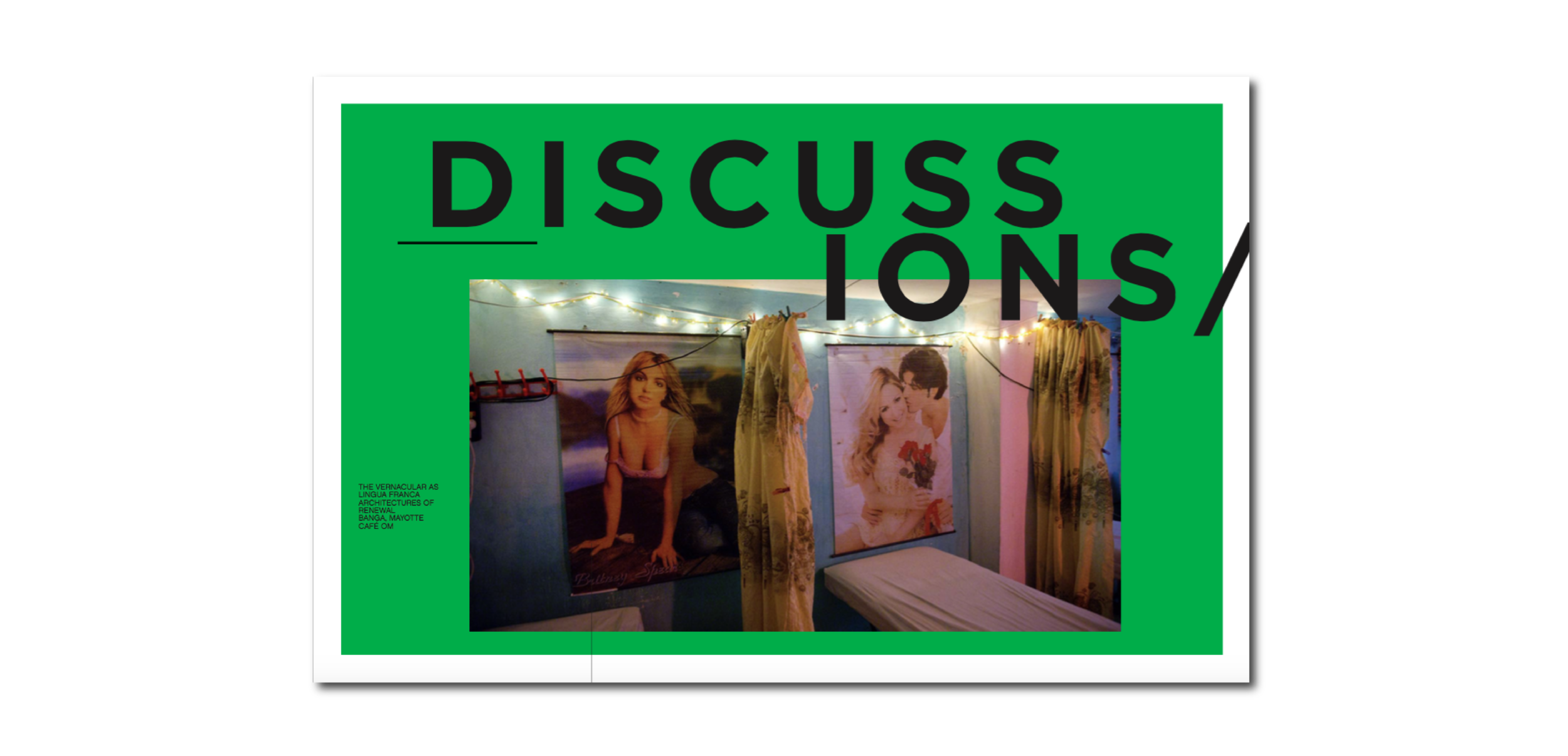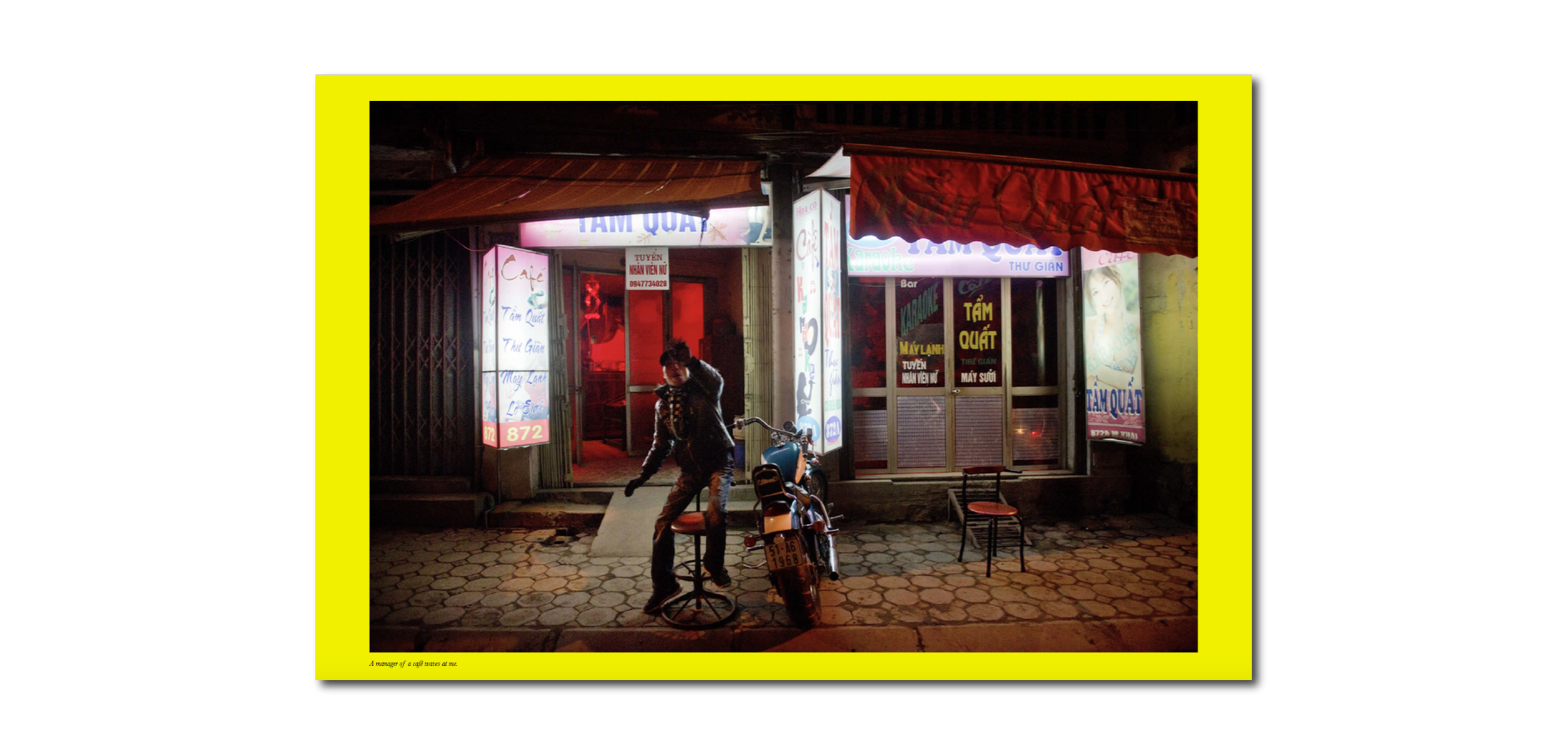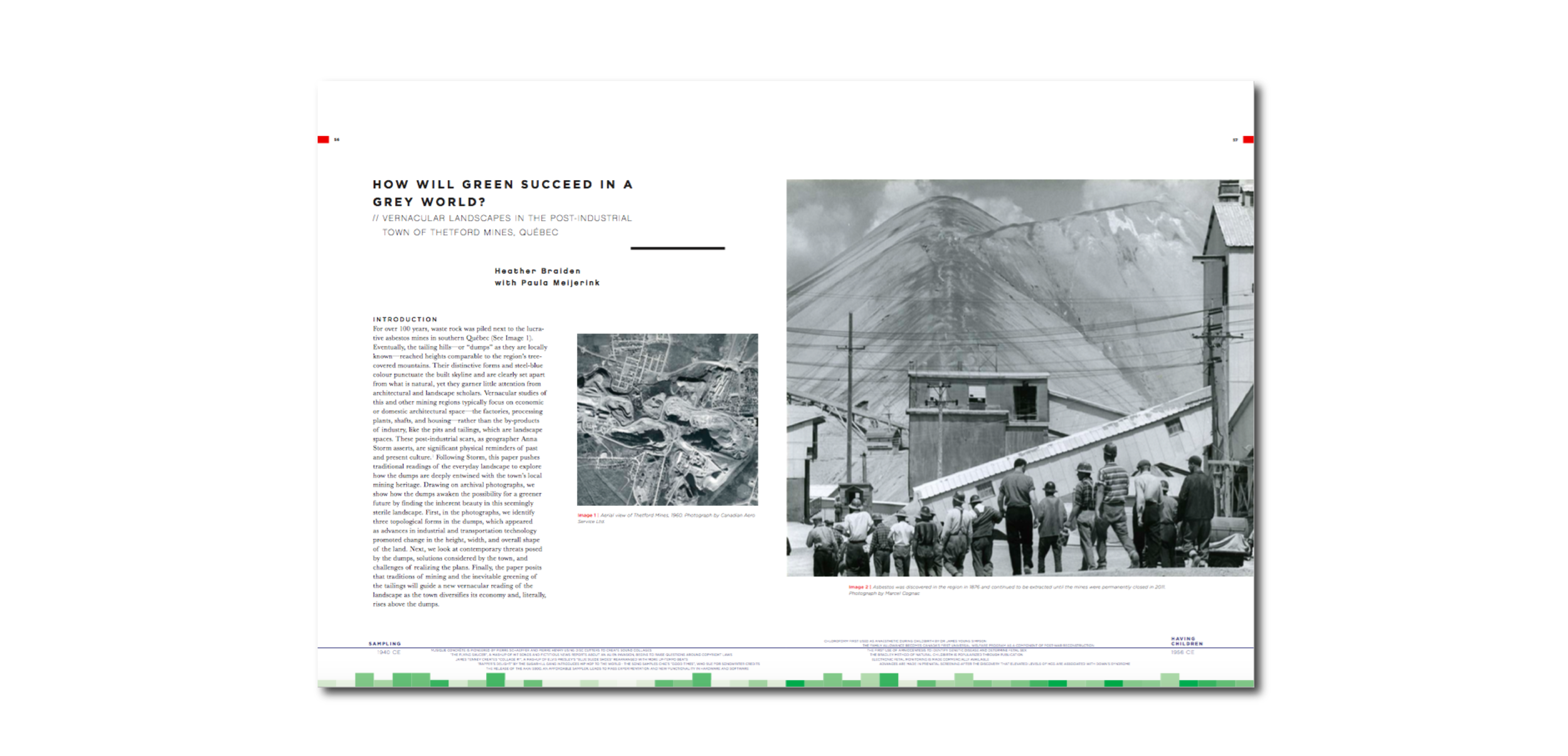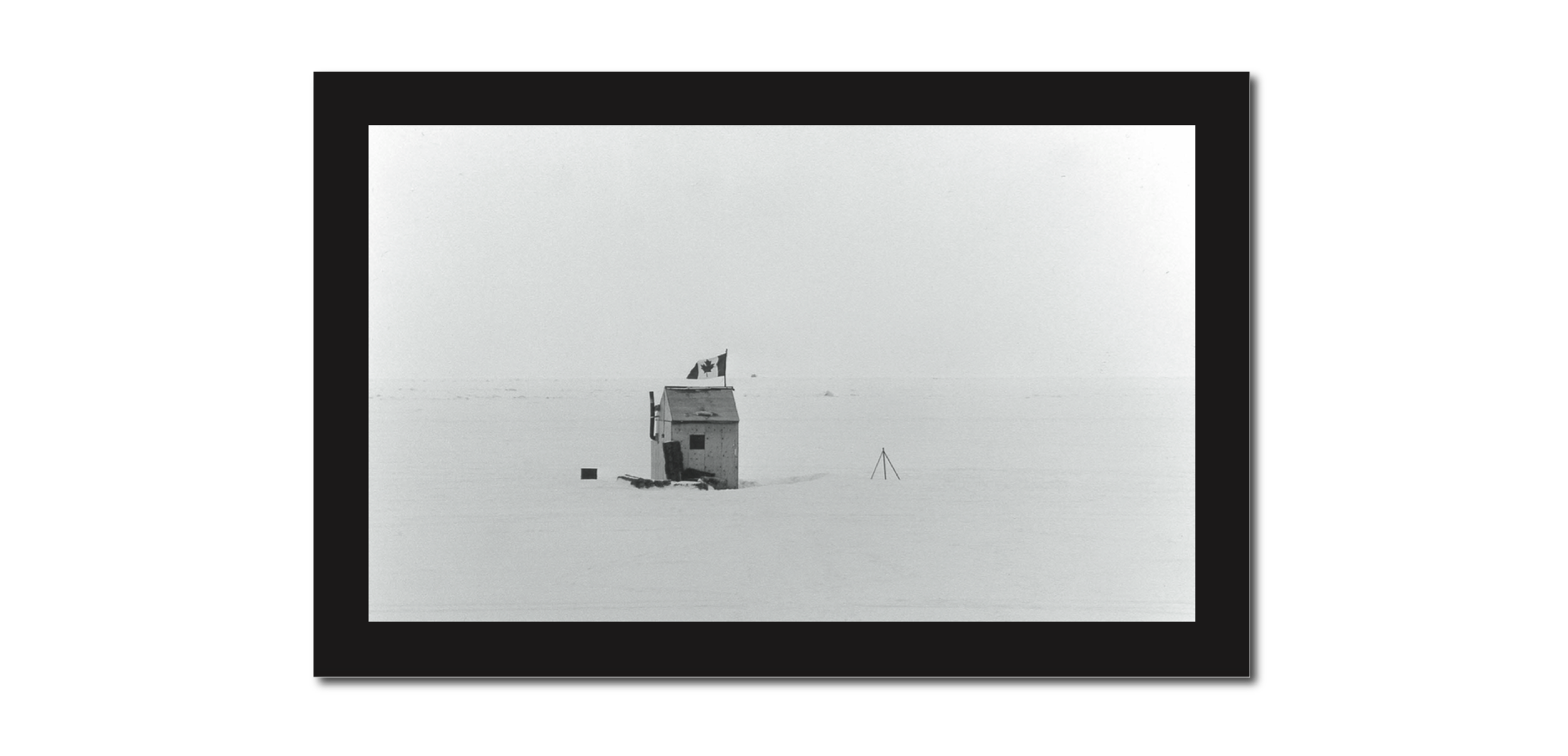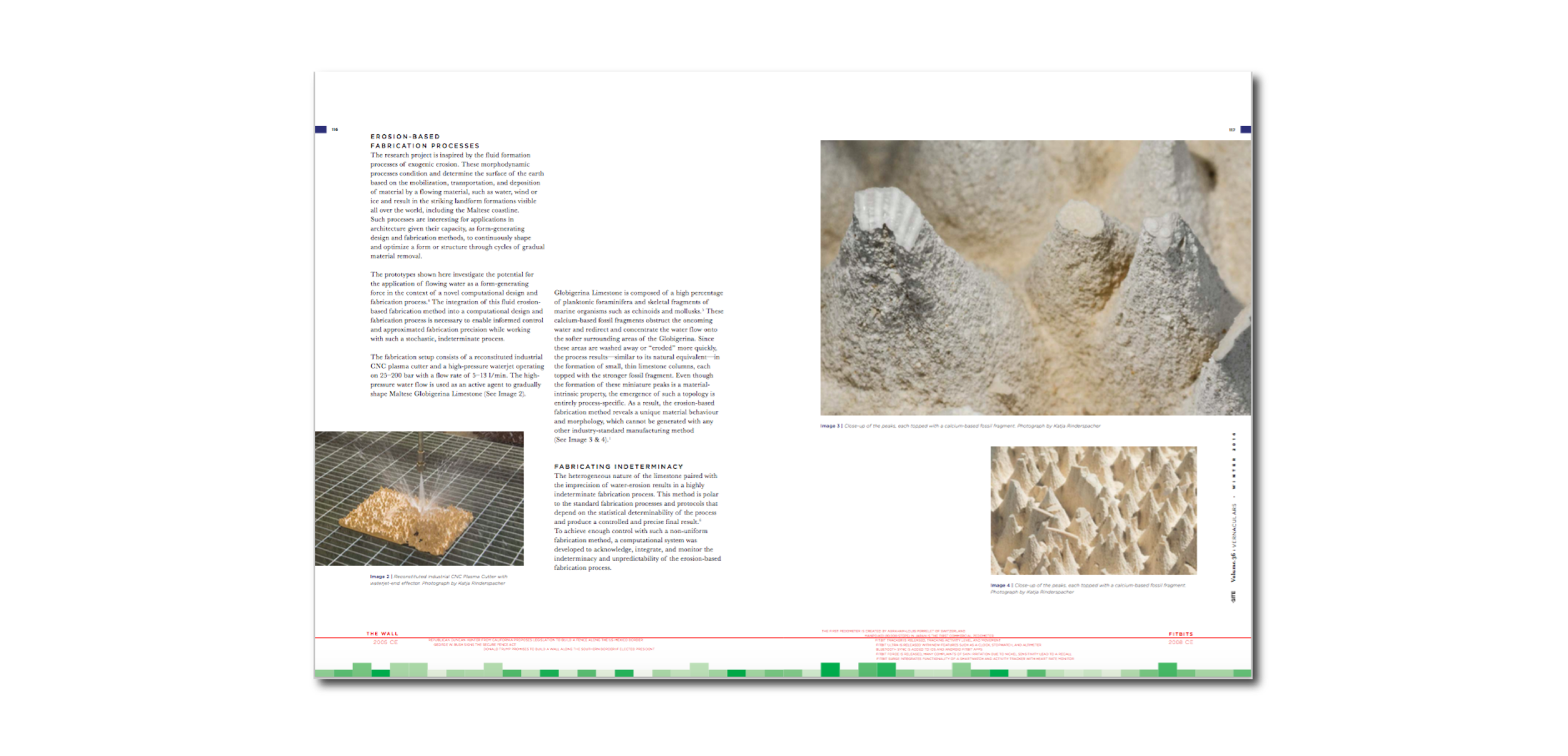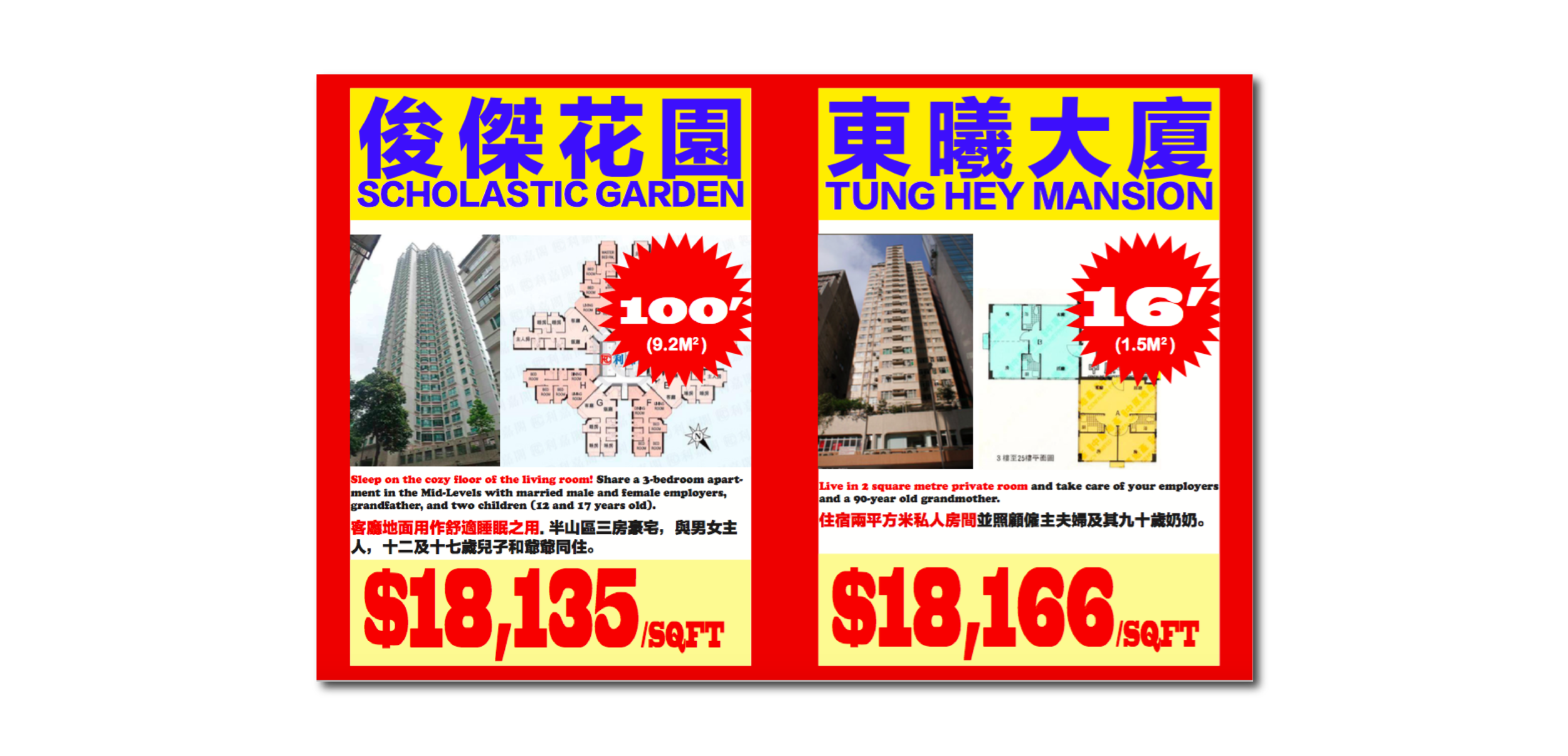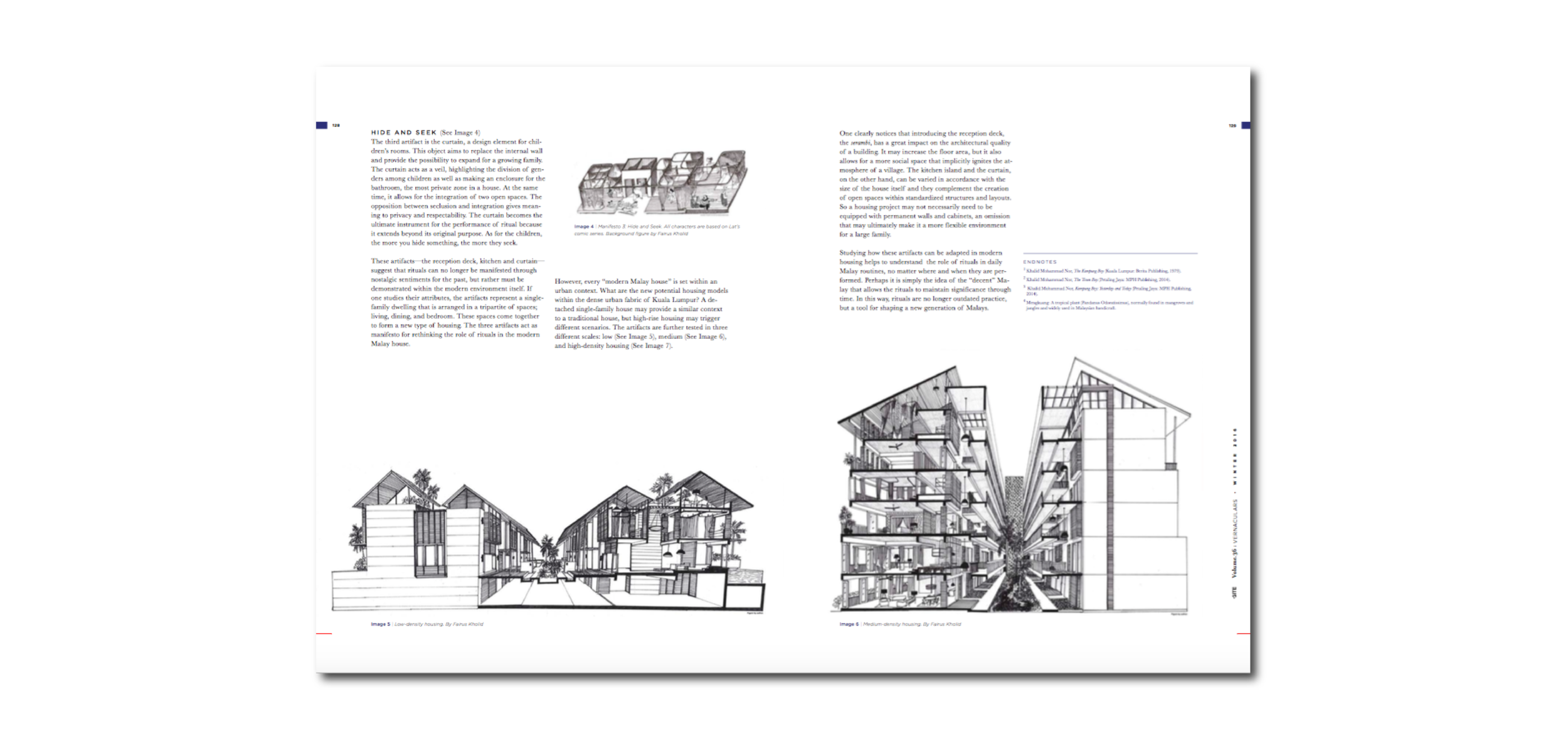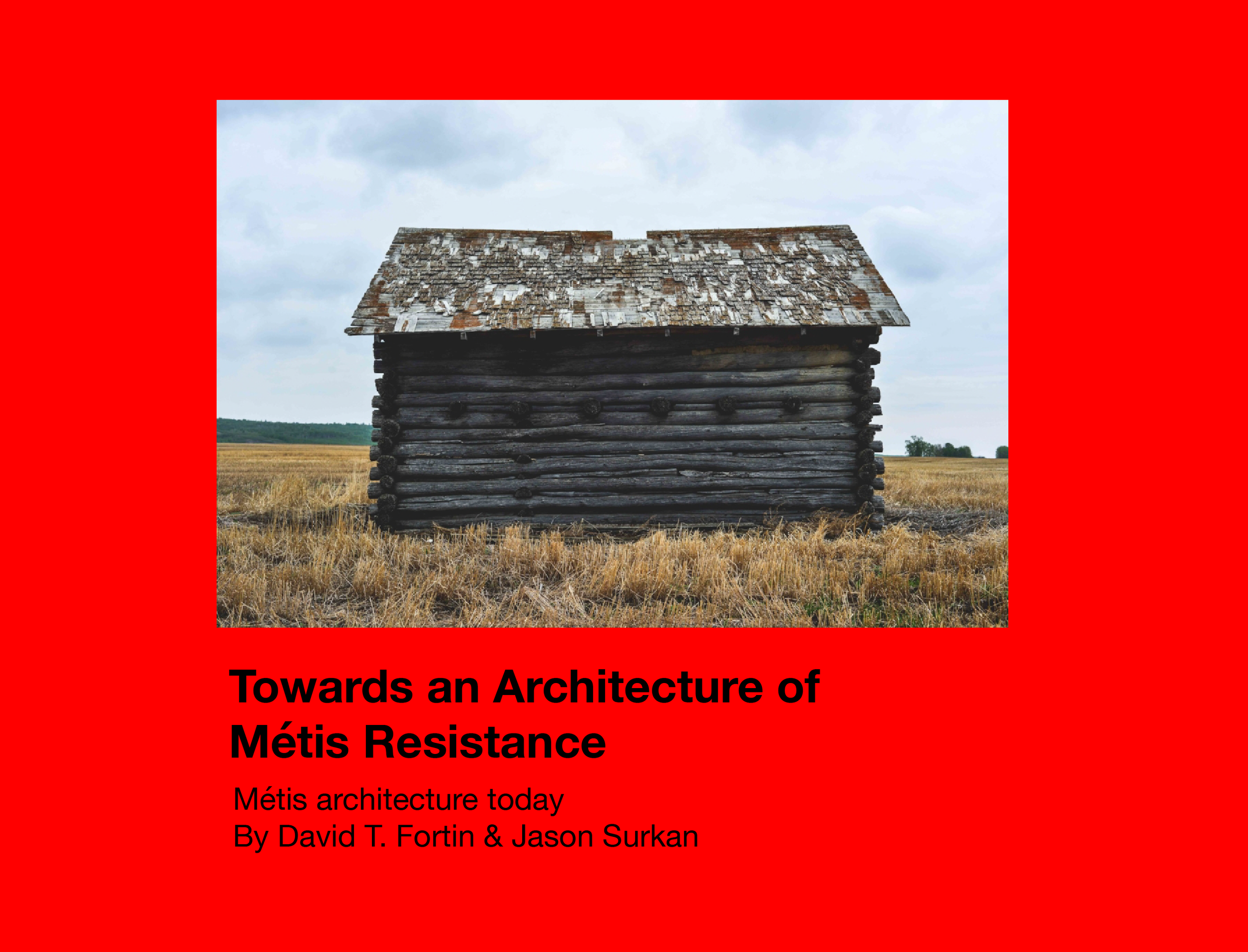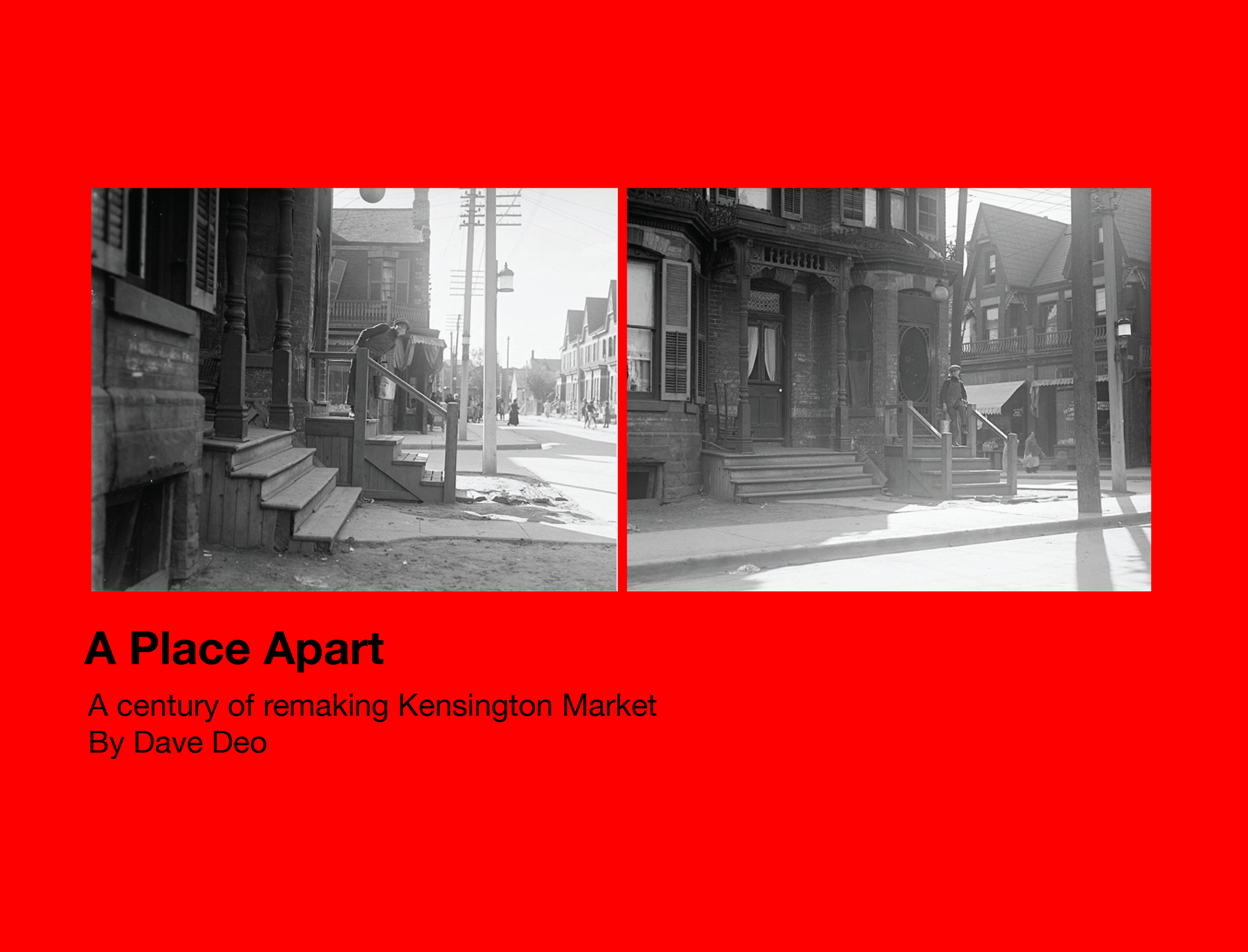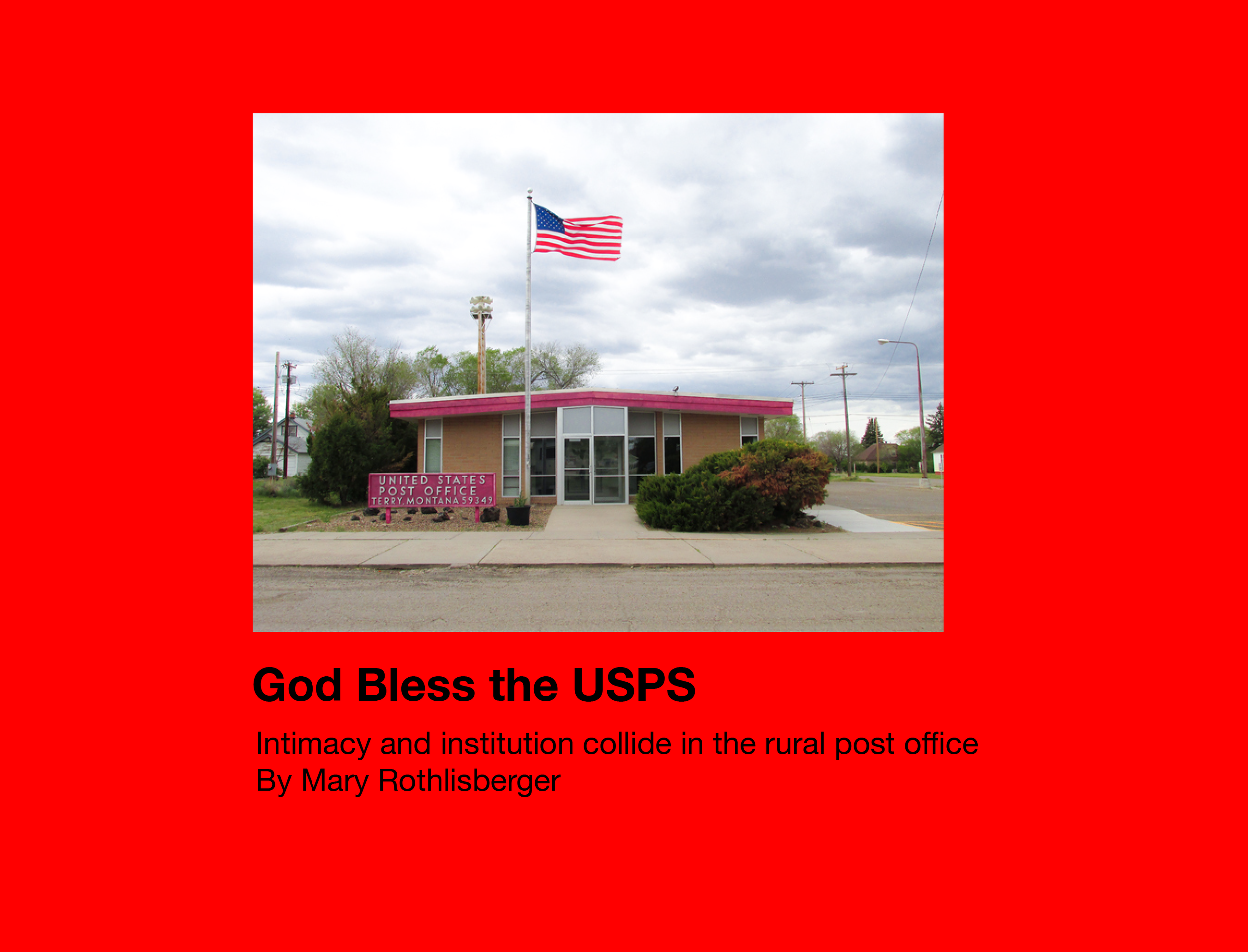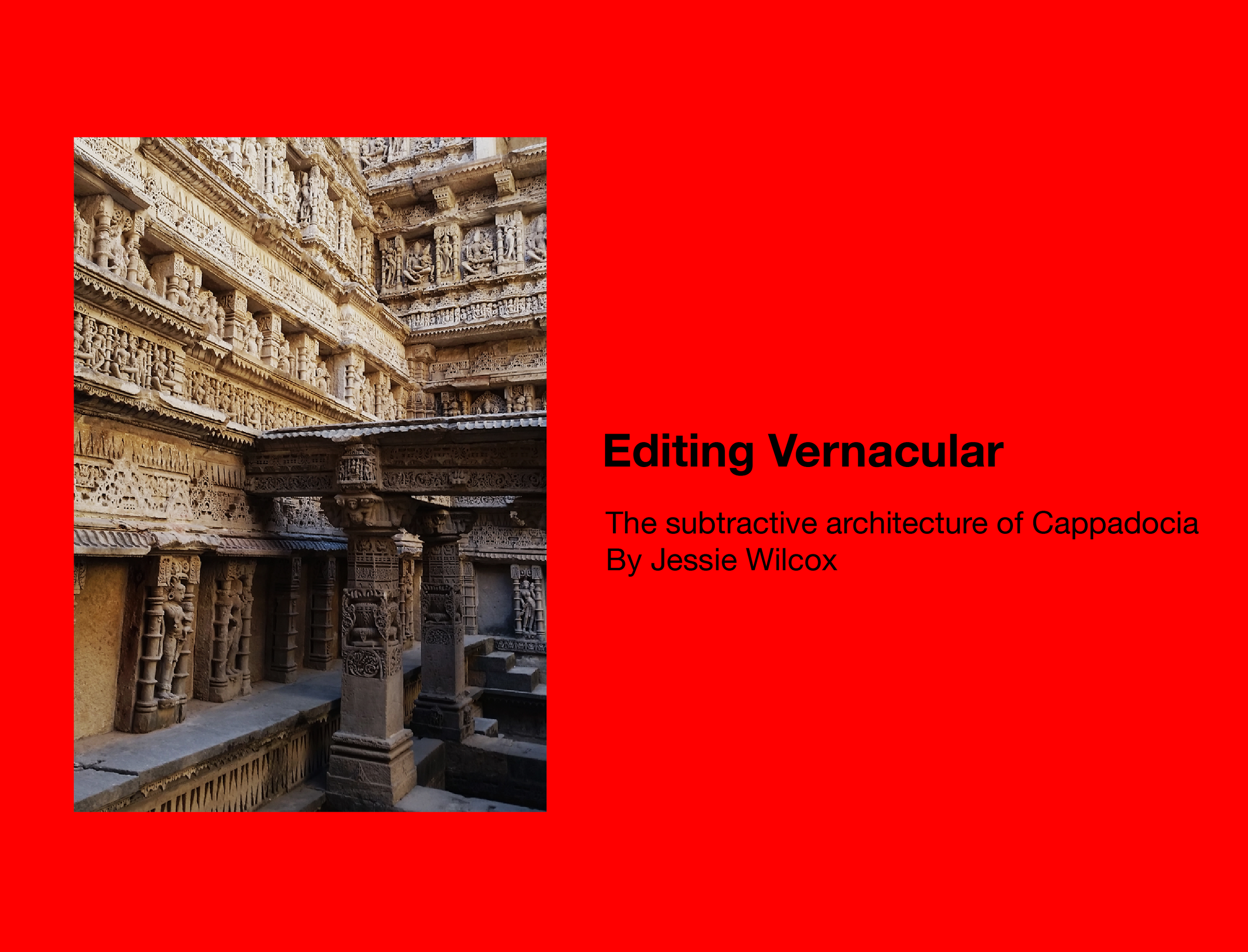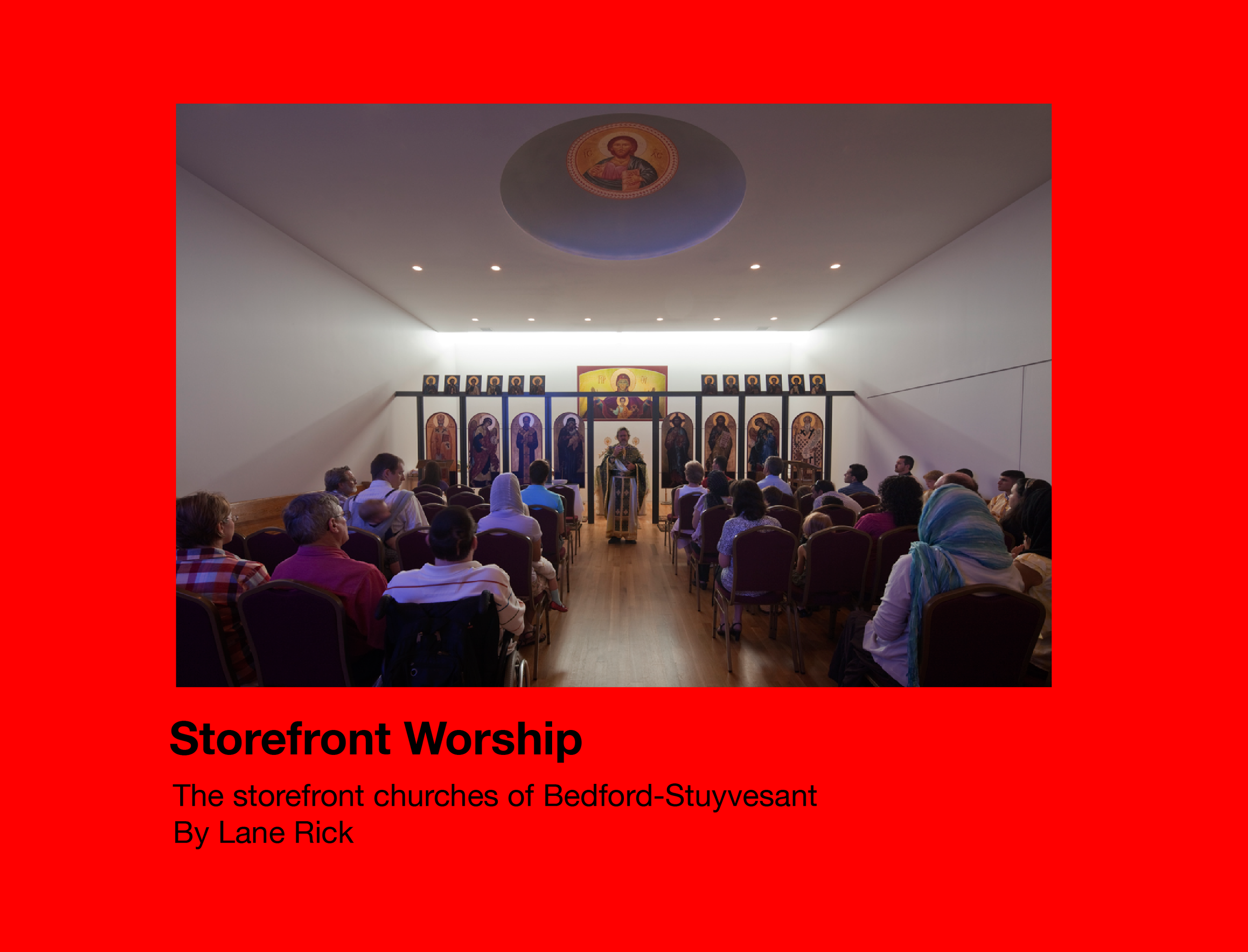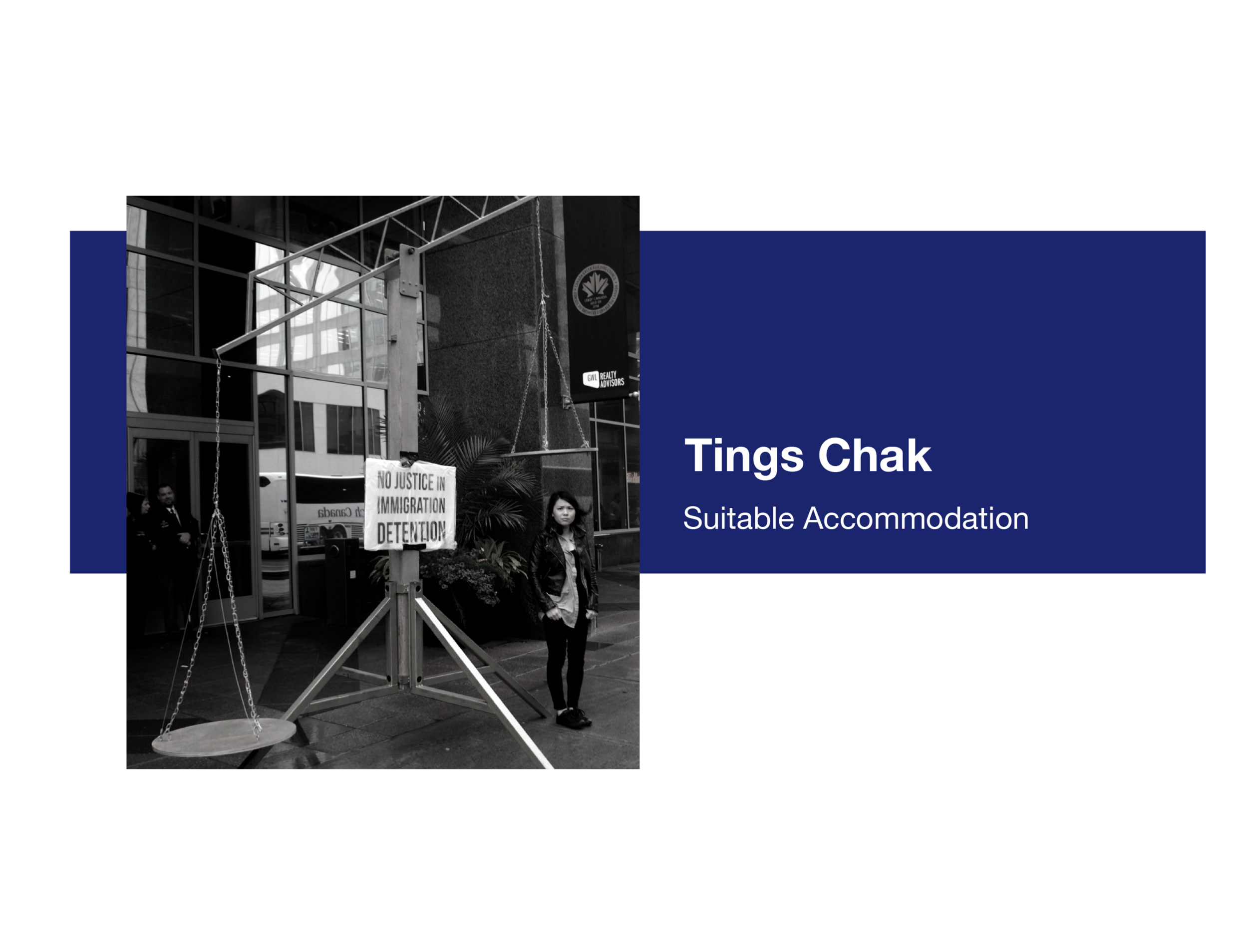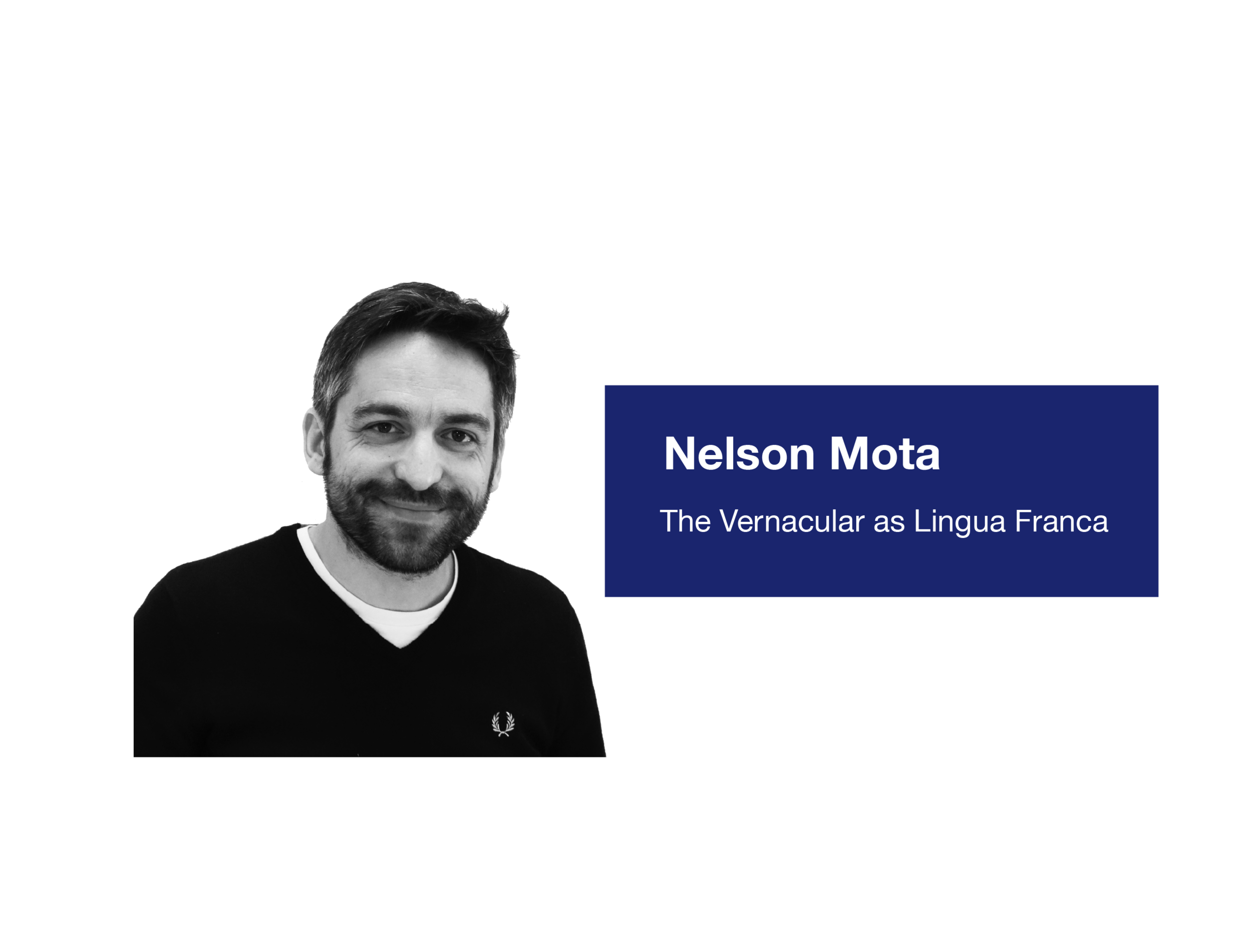VOLUME 36: Vernaculars
“The vernacular, as we hope to show in this issue, is as much of an ambiguous and unstable construct of borrowed references as the modern. It is neither a utopian vision nor an antidote to one.”
TABLE OF CONTENTS // Print Edition
DISCUSSIONS
The Vernacular as Lingua Franca // Nelson Mota
Architectures of Renewal // Daniel Millette
Banga, Mayotte // Lucie Kroening & Victor Seguela
Café Om // Lung Liu
OBJECTS
How will Green Succeed in a Grey World // Heather Braiden & Paula Meijerink
Home is a Vessel // Lara Mehling
God Bless the USPS // Mary Rothlisberger
Alien Architectures // Rob Kovitz
ACTIONS
A House that Inhabits the Earth // Shu Yin Wu
Recovering Instrumentality // Fraser Plaxton
Informing Stone Morphologies // Katja Rinderspacher, Steve De Micoli & Achim Menges
Vernacular of Adaptation // Helloeverything
Rethinking Rituals in the Malay Home // Fairus Kholid
Suitable Accommodation // Tings Chak
HIGHLIGHTS // On the Blog
ARTS EVERYWHERE ROUNDTABLE // A Discussion between our Authors
HUMAN CENTERED VERNACULAR
As part of Volume 36 two guest editors, the Department of Unusual Certainties and Pantopicon, used the issue to create a tool for evaluating future vernaculars. Their project “Human Centered Vernacular” contextualizes current actions, objects, and discussions into a generative working system.
The project presents the matrix, pictured on the left, at the beginning of the print issue. It lists objects (red) and actions (blue) on the y-axis and evaluates them in terms of relevance against current discussions (black) listed along the x-axis.
The project attempts to redress the process of “vernacularization” by codifying value systems in the present. It offers an opportunity for societies in the future to better interpret present-day values through a coherent understanding of the different objects, actions, and discussions that define our lives today — our vernacular.
“Human Centered Vernacular” is a system that is flexible and inclusive, allowing for multiple views and thoughts to collect in one place—a democratic database. The project extends throughout the entire print issue, with each horizontal in the matrix expanded into a timeline at the bottom of subsequent pages. Each timeline reveals deeper meanings, understandings, and narratives from past to present and into the future.





